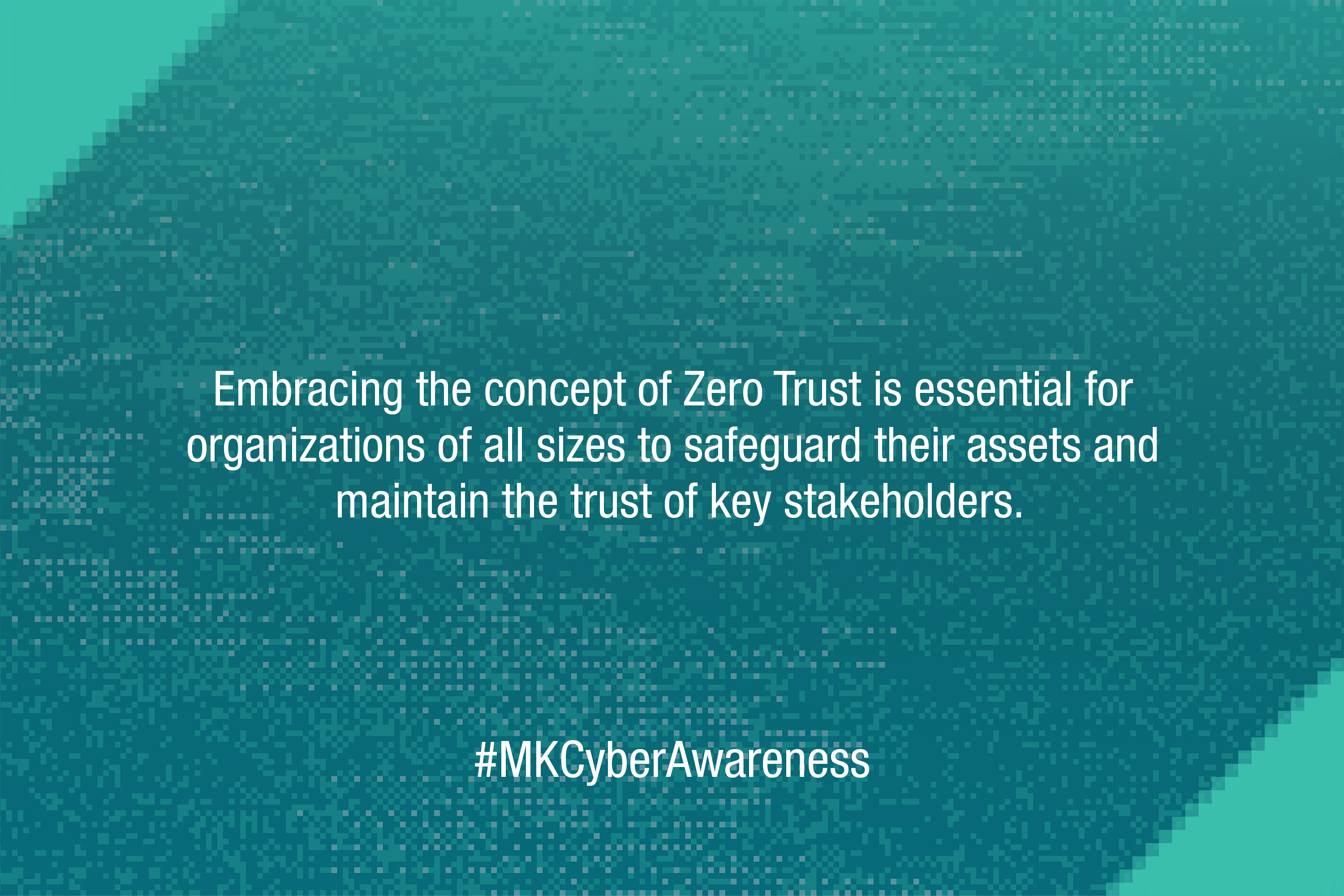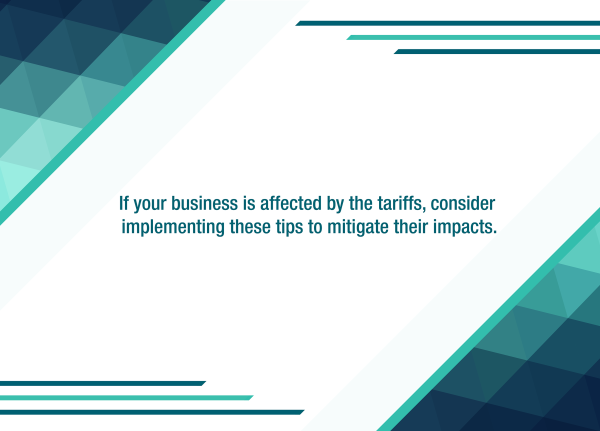As digital threats loom around every corner, the traditional, or most simplistic, approach to protecting digital assets has become insufficient. Many organizations are grappling with the ever-rising threat level and the overall protection of their internal networks. In recent years, information security professionals have identified Zero Trust as the go-to strategy to overcome cyber threats.
Historically, traditional security measures relied heavily on the concept of perimeter-based security, where trust had been established based on a network’s boundary and prior access. Today, however, organizations need to be more mindful of the evolving threat landscape, perimeter complexity, and potential of insider threats. Zero Trust recognizes the need for a more adaptive, data-centric, and continuous security validation journey in the current complex and evolving information security landscape.
Defining Zero Trust
Zero Trust challenges the traditional notion of trust within network and data security by offering a more proactive and adaptable defense mechanism against modern cyber threats. Rooted in the principle of “never trust, always verify,” this formal strategy is designed to protect modern cyber environments and enable digital transformation by using strong authentication methods, leveraging network segmentation, preventing lateral movement, providing threat prevention, and simplifying granular, “least access” policies. Without it, an organization’s entire digital infrastructure could fall into the hands of a bad actor, likely seeking to solicit private and confidential information that could cost an organizations millions of dollars. When it comes to adapting this approach into your cybersecurity ecosystem, it’s imperative to keep the following factors in mind.
- Achieve Perimeter-less Security: Threats are not exclusive to external or third-party users. According to Verizon’s 2023 Data Breach Investigations report, 30% of data breaches originate from internal bad actors. Integrating the notion of perimeter-less security into your existing models means that each user or IP address will undergo thorough verification prior to receiving authorized access.
- Maintain Continuous Verification: Always verify the identity of the user and device to ensure that only authorized and secure entities can access resources. This can be achieved through multi-factor authentication (MFA), and identity and access management (IAM).
- Limit Privileged Access: Limit each user’s access to the minimum required networks, which will reduce the attack surface and impact of potential damage from an internal source. This can be resolved on a proactive basis by conducting regular security reviews and independent security assessments to ensure that any assets or data stored in the cloud or managed by a third-party service are properly encrypted and safe from any threats.
- Enhance Monitoring and Analytics: Build a robust monitoring and analytics strategy to determine and detect anomalies and potential threats in near real-time, enabling faster response and mitigation.
- Focus on User Centricity: Verify each user and their device each time they attempt to sign into the internal network, rather than simply trusting the network location. Although remote and hybrid workforces allowed for the permittance into internal networks from any remote location, 60% of all corporate data is still stored within the cloud. As many businesses rely on the cloud for storage purposes, it is crucial to regularly assess for security and reliability.
- Comply with Industry Regulations: As data security requires strict compliance with industry regulations (e.g., GDPR, HIPAA), Zero Trust helps organizations meet the outlined standards by ensuring better control and protection of sensitive data.
Business Value of Zero Trust
Zero Trust delivers tangible business value by fortifying security, reducing risks, and aligning with current compliance requirements. If integrated correctly, this approach can safeguard an organization’s reputation and bottom line. With careful planning, investment, and a commitment to enhancing overall security, small and large organizations can achieve peace of mind and protection. Through the effective implementation of Zero Trust – organizations can reduce the risk of cyberattacks.
For more information on Zero Trust and cybersecurity, please contact us.



